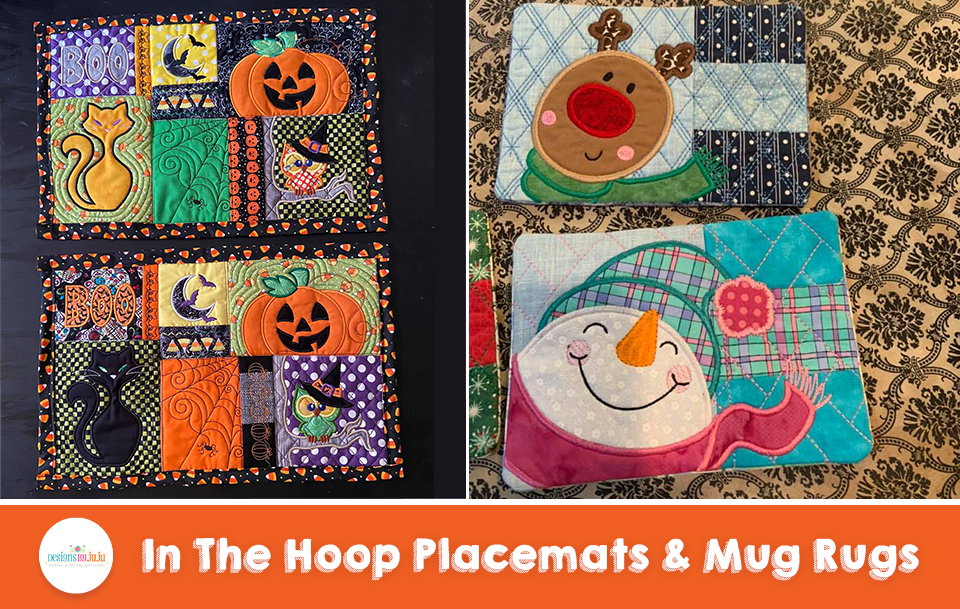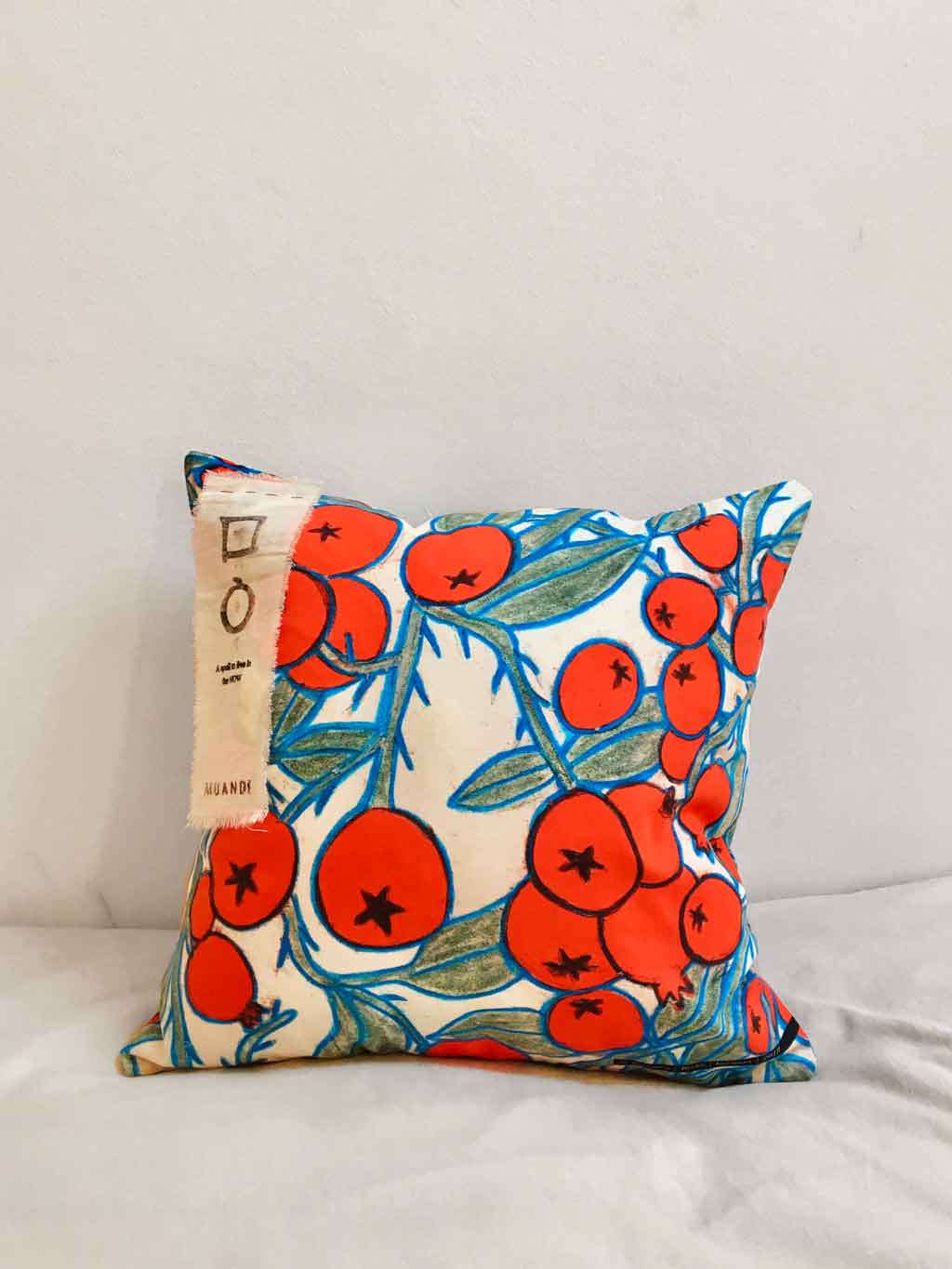Top News Sites for Beginners
Top News Sites for Beginners
Blog Article
Top Guidelines Of Unique Art
Table of ContentsUnique Art for BeginnersUnique Art for BeginnersRumored Buzz on Unique ArtUnique Art Things To Know Before You Get This
While one might dispute which art form holds precedence, the fact stays that each of these seven types gives a special home window into human background, society, and development. They are the tapestries that chronicle our journey, reminding us of our past while inspiring visions for the future.Wonderful artwork tells a story, makes individuals look two times, and develops a distinct experience that can't be matched. Art and images interact all of that through shade, shape and other design components. Find out exactly how to make your one-of-a-kind art work stand out from the crowd.

8 TRIA GIOVANEqual components grand and laidback, this entrance hall created by Anthony Baratta is the best blueprint to follow if you're decorating an official entry that still feels unfussy and comfortable. Patterned textiles take spotlight (see the carpetings and the sofa), yet they also aid bring the high ceilings down to a human scale when hung over wallpaper.
The Best Guide To Unique Art
18 Heidi Caillier DesignA gallery wall surface does not require to take up the entire room. In some cases a tiny one can make a larger style statement. In this living room, Hiedi Caillier decided for micro-mini frameworks and an arbitrary structure.
The elements of this languageits forms, lines, colours, tones, and texturesare used in various means to create experiences of volume, area, movement, and light on a level surface. These aspects are incorporated right into meaningful patterns in order to stand for real or mythological sensations, to interpret a narrative style, or to create entirely abstract visual connections.
Later on the concept of the "fine artist" established in Asia and Renaissance Europe. During the 19th century painters in Western societies began to shed their social placement and safe and secure patronage.
The smart Trick of Unique Art That Nobody is Discussing
Others gained a revenue via visiting exhibits of their work. The demand to appeal to a market had actually changed the similar (if much less impersonal) demands of patronage, and its effect on the art itself was most likely comparable. Normally, artists in the 20th century might reach an audience just through business galleries and public museums, although their job might have been periodically duplicated in art regulars.

Do not copy the style of other artists if you're trying to find your style. Copying other individuals's artwork can be excellent in instructional purposes yet it will certainly not make you closer to discovering your very own one-of-a-kind style. Your imaginative style has to be, what you like and what influences you.
I would think about your very own design as a style you paint in normally, when you allow go of all thoughts and policies and just concentrate on paint, not considering it. Unique Art. The style needs to come naturally to you navigate here when you are relaxed and you can not compel it or it won't be your very own style, simply somebody else's
Not known Details About Unique Art

With time you'll be able to arrange every one of them into your preferred and least preferred groups. Attempt to concentrate your attention on the subjects and tools that you like and prior to you see it coming you'll have your own individual and unique style, like nobody else have! In the end you'll have a few favored topics to paint and possibly a few preferred mediums.
The design has to develop itself in time with a great deal of practice and experiments - Unique Art. Thank you for reviewing this article and if you have any kind of concerns leave them in the comments below, I 'd enjoy to address these
Report this page